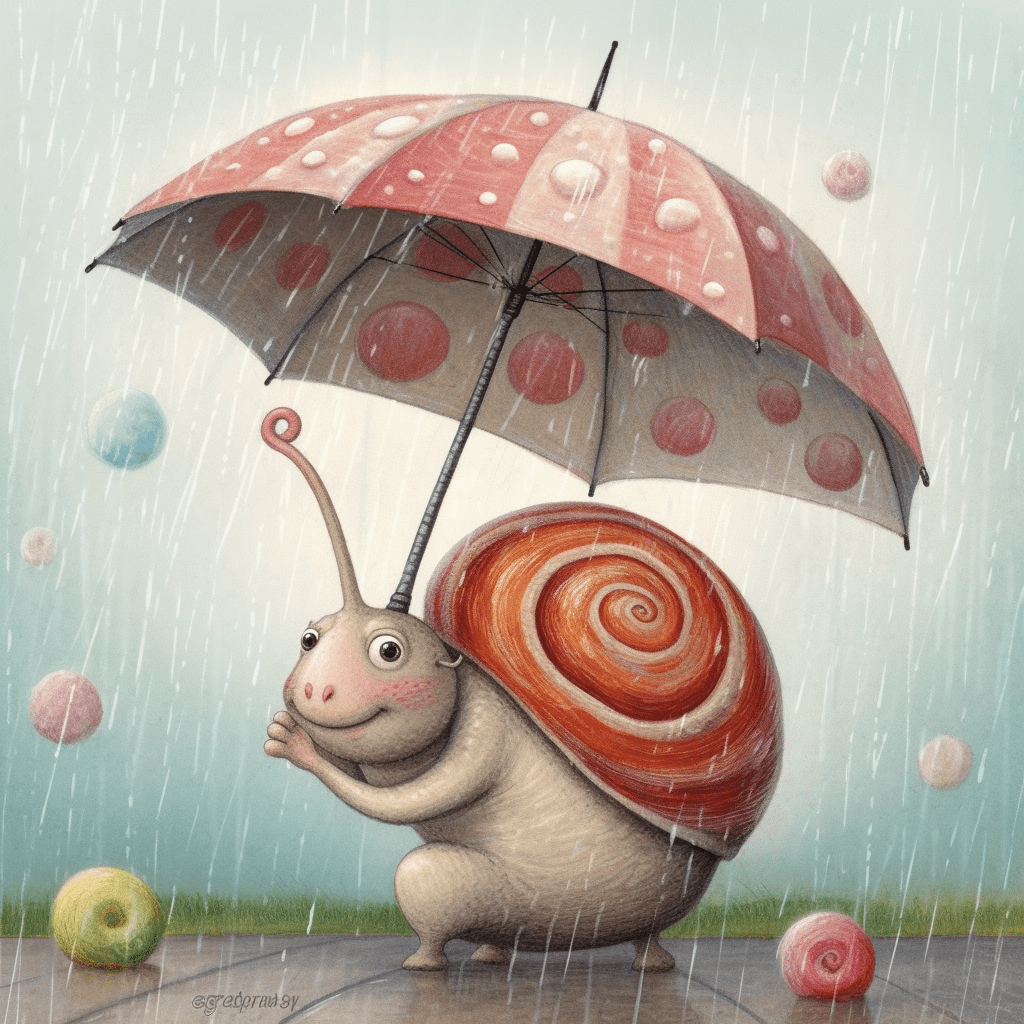In the dynamic world of digital art, NFTs or non-fungible tokens have emerged as a revolutionary medium, providing artists with a unique platform to share, sell, and maintain the integrity of their work. Central to this revolution are NFT generators, powerful tools that have opened up new horizons in creativity and the way artists create NFTs. Let’s delve into how NFT generators are transforming the artistic process.

Democratizing Art Creation
Perhaps one of the most significant ways that NFT generators are changing art creation is by democratizing the process. Traditionally, digital art creation required significant expertise in complex software and tools. However, NFT generators have simplified this, making the process more accessible for artists of all skill levels.
With user-friendly interfaces and intuitive controls, these generators allow artists to create unique pieces without needing to master complicated digital art software. They enable artists to focus more on their creative vision and less on the technicalities of art creation, thereby lowering the entry barrier into the digital art world.
Incorporating Generative Art Techniques
Generative art refers to any art practice where the artist uses a system, such as a set of natural language rules, a computer program, a machine, or other procedural invention, which is then set into motion with some degree of autonomy to create an artwork.
NFT generators leverage this concept, often using complex algorithms or artificial intelligence to generate unique pieces of art. Artists can set parameters and rules, and the generator creates artwork based on these specifications. This introduces a fascinating blend of control and unpredictability, where artists can guide the creative process but also be surprised by the outcomes. This unique combination makes the artistic process more dynamic and exciting.
Unleashing Endless Creativity
NFT generators have fundamentally changed the way artists approach creativity. Given that these generators can produce countless unique pieces, artists are no longer restricted by the limitations of traditional mediums. They can experiment with different algorithms, parameters, and settings, resulting in a vast array of creative possibilities.
This has empowered artists to think outside the box, explore new styles and techniques, and continually push the boundaries of their creative expression. It’s an exhilarating departure from traditional art creation, where physical resources can limit creativity.
Streamlining the NFT Minting Process

Another major shift brought about by NFT generators is in the process of minting and selling NFTs. Traditionally, creating and listing NFTs involved several steps, including creating the artwork, minting the NFT on a blockchain, and then listing it on an NFT marketplace. This process could be time-consuming and technically challenging.
However, many NFT generators have streamlined this process, incorporating the minting and listing process into the platform. This means that artists can focus more on their artwork and less on the technical aspects of creating and selling NFTs. This ease of use has made the NFT market more accessible for artists and has enabled them to embrace the NFT space more effectively.
Blending Art and Technology
At the intersection of art and technology, NFT generators are compelling tools that enable artists to explore and express their creativity in entirely new ways. By blending coding, algorithms, and artificial intelligence with artistic vision and expression, these generators offer a unique playground for artists.
This combination not only challenges the traditional boundaries of art but also invites artists to develop new skills. From understanding the basics of coding to experimenting with AI, artists can enhance their technical skills while pushing their creative boundaries. It’s a whole new realm of art creation, providing artists with exciting opportunities to grow and evolve.
Engaging with the Digital Art Community
Creating NFTs with a generator doesn’t occur in a vacuum. It
happens within a vibrant and ever-growing digital art community. The widespread use of NFT generators has helped foster a global community of artists, collectors, and enthusiasts. Through this community, artists can share their work, gain inspiration, receive feedback, and even collaborate on projects.
Platforms hosting NFT generators often have community spaces, such as forums or chat rooms, where users can interact. This networking aspect is changing the way artists work, moving away from the traditional solitary nature of art creation towards a more collaborative and communal environment. This shift not only enriches the artistic process but also opens up new opportunities for exposure and recognition.
Exploring the Commercial Aspects of NFT Art
Beyond the creative process, NFT generators are also changing how artists approach the commercial aspects of their work. Given the built-in authentication and ownership tracking capabilities of NFTs, artists can now sell their work directly to collectors without needing intermediaries.
Many NFT generator platforms allow artists to set their royalties, giving them more control over their earnings. Artists can also track the ownership and reselling of their work, offering a level of transparency seldom seen in traditional art markets. This direct, transparent commercial model is empowering artists, transforming the way they monetize their creativity.
In Conclusion: An Artistic Revolution

The advent of NFT generators represents a significant shift in the world of digital art. By democratizing art creation, introducing generative techniques, enabling endless creativity, and streamlining the minting process, these powerful tools are transforming the way artists create NFTs. They stand at the intersection of art and technology, challenging traditional boundaries and offering exciting new possibilities. As artists continue to explore and harness the potential of these generators, the NFT art scene is set for an exciting future.
